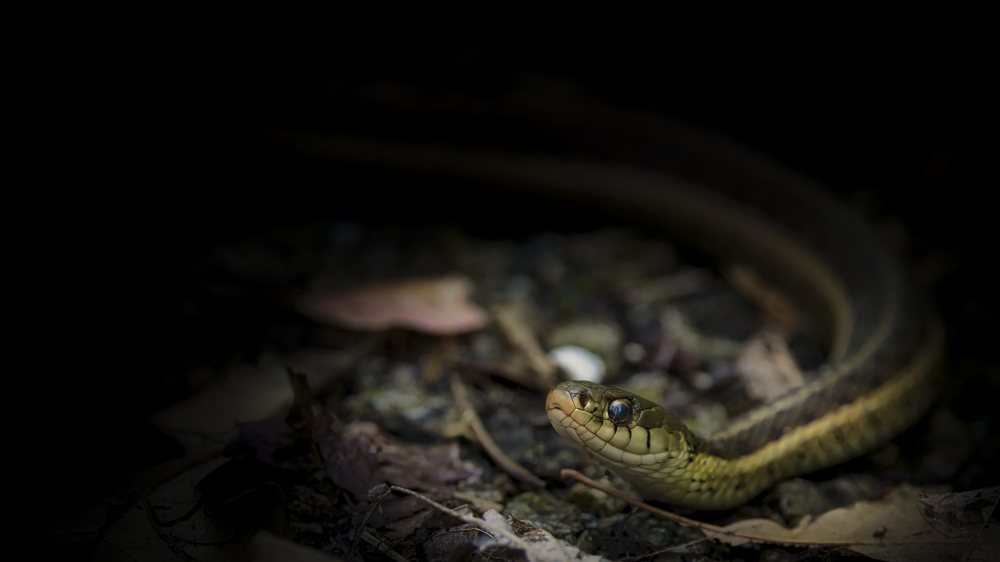
Mute Swan
(Cygnus olor)
The Mute Swan (Cygnus olor) is a large and elegant water bird that is native to Europe and parts of Asia. It is well-known for its graceful appearance, distinctive posture, and, despite its name, its vocalizations. Here are some key facts about the Mute Swan:
Appearance:
Mute Swans are one of the largest waterfowl species. They have a wingspan of around 6.5 to 7.8 feet (2 to 2.4 meters) and can measure up to 55 inches (140 cm) in length. They have a long neck that is often gracefully curved into an "S" shape. Adult Mute Swans have pure white plumage, while young swans (cygnets) have a grayish-brown color that gradually fades as they mature. The bill is orange with a black knob at the base, which becomes more prominent in males during the breeding season.
Habitat:
Mute Swans can be found in a variety of wetland habitats, including lakes, ponds, slow-moving rivers, and coastal areas. They prefer areas with abundant aquatic vegetation and shallow water where they can feed on submerged plants. Mute Swans are highly adaptable and can also be seen in artificial habitats such as parks, gardens, and ornamental ponds.
Behavior:
Mute Swans are known for their territorial behavior and can be quite aggressive when defending their nesting sites. They will display threatening behaviors like hissing, raising their wings, and charging at intruders, both human and other animals. Despite their name, they are not completely silent and can produce various vocalizations, including soft honks, grunts, and trumpet-like calls. They are strong flyers and can migrate long distances when necessary.
Diet:
Mute Swans are primarily herbivorous and feed on aquatic plants and vegetation. They use their long necks to reach underwater and pluck submerged plants and algae. They also graze on land, consuming grasses and other vegetation. Occasionally, they may feed on small aquatic animals like insects, mollusks, and small fish.
Breeding:
Mute Swans typically form monogamous pairs that stay together for life. They build large nests made of reeds, grasses, and other plant material, usually on the ground near the water or floating on platforms they create. The female usually lays 4 to 8 eggs, and both parents take turns incubating them for about 35 to 41 days. The cygnets hatch and are capable of swimming shortly after birth, but they remain under the care and protection of their parents until they are independent.
Conservation Status:
Mute Swans are not considered globally threatened and have stable populations in many regions. However, in some areas where they have been introduced, they can become invasive and negatively impact native bird species and ecosystems. Local management plans may be implemented to control their population size and mitigate their impact in sensitive habitats.
Mute Swans are revered for their beauty and are often seen as symbols of elegance and grace. They are a cherished sight in many parks and bodies of water, captivating observers with their serene presence and enchanting displays.
